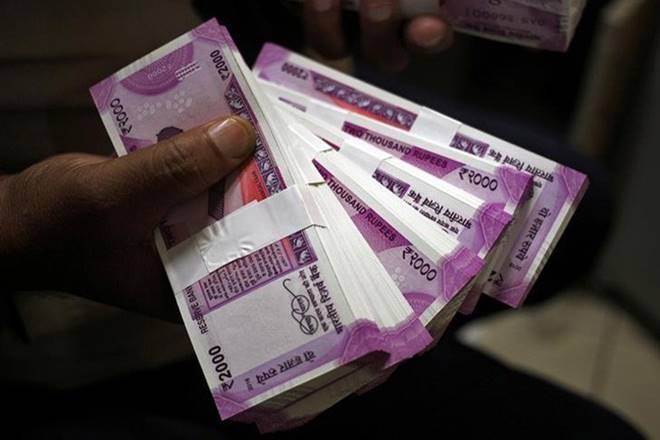While the Reserve Bank of India (RBI) facilitated a Rs 50,000 crore line of credit to banks to be used to lend to NBFCs and MFIs, experts believe it falls short of what’s needed and say the government must step up to the plate. The problem, as they point out, is not the shortage of liquidity but the risk-averseness of banks.
Ananth Narayan, professor-finance at SPJIMR, believes that while TLTRO 2.0 is welcome, it does not address the core issue. “Banks already have plenty of capacity to lend but confidence to lend to stressed NBFCs and SMEs is missing,” Narayan observed. He added that eventually, the solution has to come from the fiscal purse, by way of a TARP type programme, or a bad bank to absorb the stressed assets. “In addition, the government may have to provide credit guarantees to SMEs as well,” Narayan said.
The prevailing market conditions have allowed only top-notch NBFCs to access funds easily with others down the ratings table unable to do so. Ajay Manglunia, MD, JM Financial, points out that spreads on non-AAA rated NBFC papers have widened in recent times and there have been very few or no trades in these papers. However, he pointed out that simply because banks have access to cheap funds does not mean they are going to lend at lower rates. “There may be tough negotiations for non-AAA paper since demand will be significant,” Manglunia pointed out.
The central bank mandates that at least 50% of the funds borrowed must to be used to buy debt of small and mid-sized NBFCs and MFIs.
Of this, 10% must be used to invest in paper issued by MFIs, 15% in paper issued by NBFCs with an asset size of Rs 500 crore and below, and the remaining 25% in paper issued by NBFCs with asset sizes between Rs 500 crore and Rs 5,000 crore.

